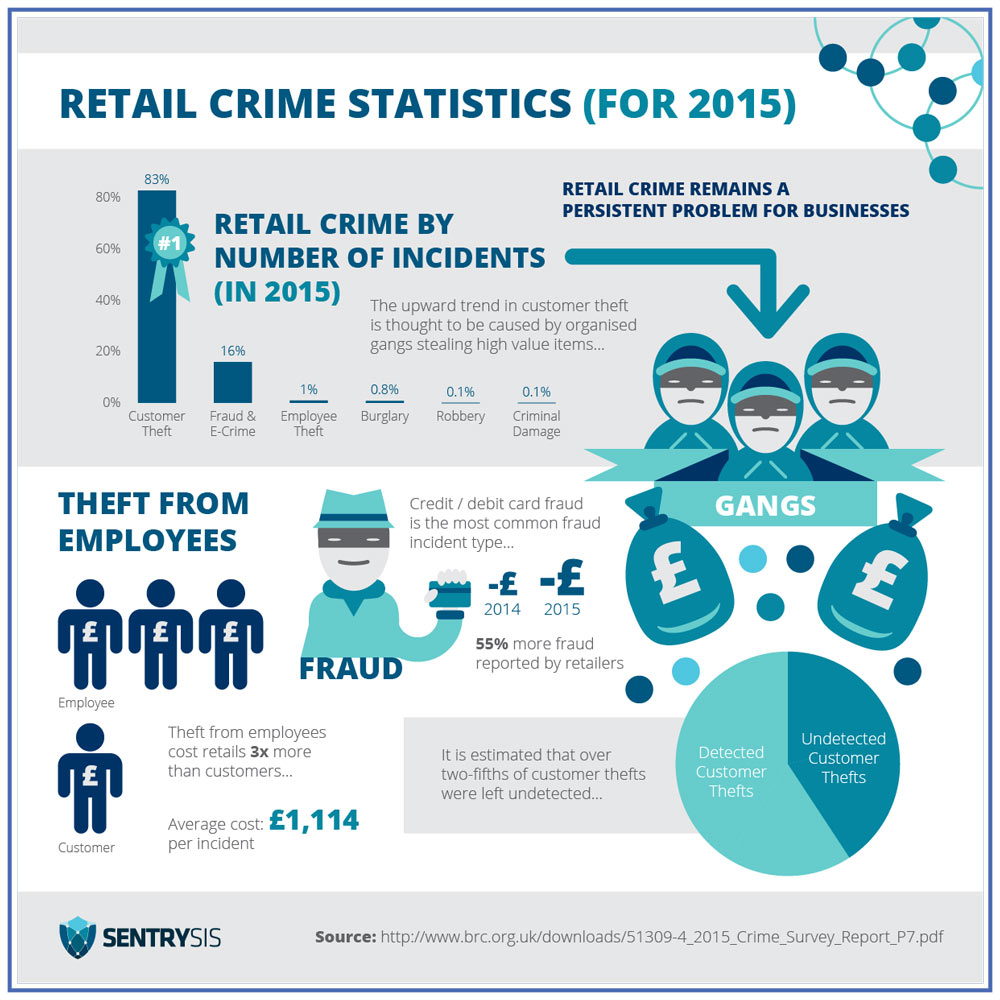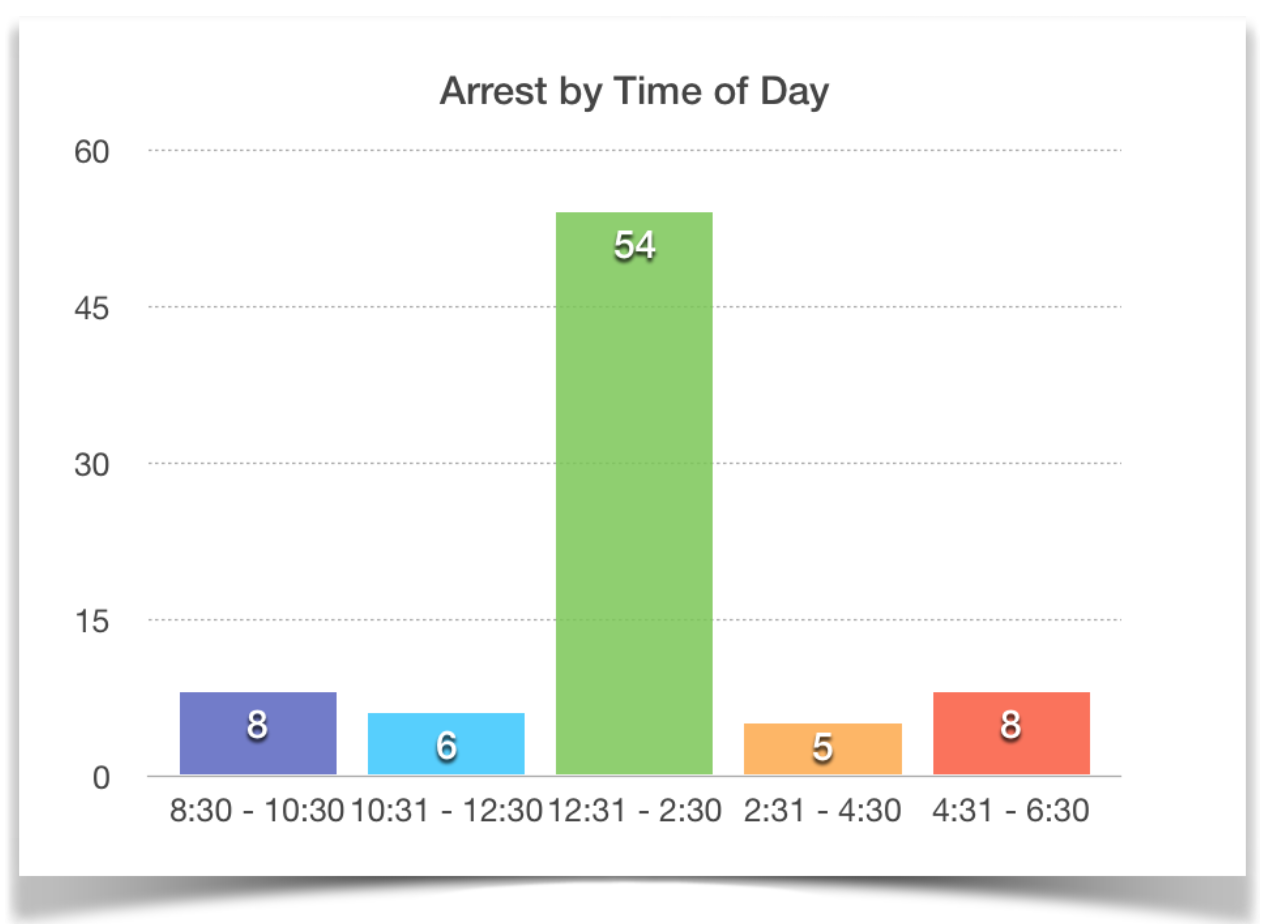Simple measures, including the development of proper policies and training, can eradicate customer discrimination from your business
Every customer, despite their ethnic background, religious beliefs, skin colour, or anything else, deserves the same excellent service and attention that your business sets out to provide all valued customers. However, based on a number of different factors, discrimination, particularly discrimination based on race, continues to happen in retail settings. In fact, Loss Prevention staff in multiple jurisdictions in North America have recently been accused of racial profiling and following individuals of colour within their stores, at times stopping and searching without cause.
The following focuses on racial profiling, its definition, causes and ways to prevent it from happening.
Watch the Video
The Legal Side
While this should not be taken as legal advice, all jurisdictions in Canada mandate by law that no person shall discriminate based on group, class or category (which I will defer to your legal counsel in terms of specificities of those groups, classes and/or categories).
So, what is discrimination?
There are two definitions of the term.
The first, which is straightforward, is “the selected choice of one thing over another”.
The second is rooted in human social affairs and is “the treatment or consideration of a person based on a group class or category”, as stated above.
All customers deserve to be treated with courtesy and respect, free from any of the prejudice and discrimination that profiling inherently brings. Share on X
How does profiling happen?
Profiling takes place when an assessment of an individual is made, and that assessment is used to forecast their actions. Placing them into a category of “likelihood to behave in a negative way” and then acting upon that is the key notion I would like you to keep in mind as you read on.
When does one cross the line and begin to profile based on race, status, gender, etc?
The line is crossed when an individual customer is forecast to act a certain way based on their race, ethnic background, gender, age, etc., and as a result, is treated in a way that reflects their perceived likelihood to commit wrongdoing.
So… if your Loss Prevention staff follows only people of a certain colour – then they’ve crossed the line.

Why does racial profiling happen?
This is the million-dollar question that keeps CEOs up at night.
Though there are many instances, we’ll avoid going into any detail concerning the reasons some people discriminate against others in their personal life. Instead, we’ll stick to examining instances of discrimination within retail settings.
First, we’ll assume that most businesses with integrity don’t have any overt racists working for them, nor do they intentionally profile customers of a certain colour. So, the question becomes, how can unintended consequences resulting from racial profiling occur when the use of seemingly appropriate risk management methodology has been applied? THAT question we can answer!
Fundamental Risk Management Methodology:
Discovering the causes that lead to poor performance and results is critical to determining corrective action. It is the basis for an effective risk management program.
Most professionals think this way. If something happens on a regular basis, and the results are unfavourable, we tend to try to prevent those things from happening again?
But, there are significant cautions that need to be heeded by retailers who use pure data within your strategy.
Incidents Create Statistics
Here is an example of how incidents create statistics, potentially misleading Loss Prevention teams. It is important to understand this as it is profiling in its infancy.
Store “A” wishes to reduce their shrinkage and improve profitability. The LP Manager reviews the activity for the past year and categorizes all the incidents. What they find is that 67% of all apprehensions in the store are made between the hours of 12:30 pm and 2:30 pm.

Data Source: Bottom Line Matters, 2018.
In an effort to increase awareness, management issues communication to that effect. The result: staff now have a message manifested in their head that there is “a 67% chance that people shopping between 12:30 pm and 2:30 pm are more likely to steal than at other times”.
As a result, they become diligent, making even more arrests during that time, increasing the given statistic to 83% the following year.
What went wrong? Manifested communication from management drove action. If you watch people shopping between 12:30 pm and 2:30 pm more diligently than shoppers at other times, you’ll catch a lot more people shoplifting within that timeframe than within any other period of time. *Note: this does not mean that only those shopping between 11:30 am and 1:30 pm steal. As a result, intentionally or not, the LP team has started to DISCRIMINATE.
The Link?
Risk Management is about identifying potential risk by looking back at history. With regards to racial profiling, if a store collects statistics on theft, and only arrest those who fit into a certain category, a snowball effect takes place, and new investigators only watch one type of person because statistically there are more subjects in that class – and thus you have the unintended consequence of racial profiling.
What can you do?
In order to eradicate racial profiling from your stores, start by following four simple suggestions.
1. Check It Out
Conduct an independent review of your existing Loss Prevention and Risk Management systems to highlight any anomalies that may exist which could propagate an environment of racial profiling.
2. Document It
Develop clear and concise policies and procedures that state your expectations and share them with staff.
3. Train
Ensure that all existing and new staff are aware of your mutual respect vision. Place them in situations through tabletop exercises to determine their level of adherence and understanding.
4. Repeat
This is a cycle of action, requiring steps to be repeated in perpetuity to ensure a respectful setting for customers.
Tips on training:
There are two ways to train a new investigator:
- The first is to teach them what a shoplifter looks like.
- The second is to teach them what a shopper looks like.
Each approach produces drastically different effects, with the latter often resulting in the development of high performers without the presence of profiling.
All customers deserve to be treated with courtesy and respect, free from any of the prejudice and discrimination that profiling inherently brings.





